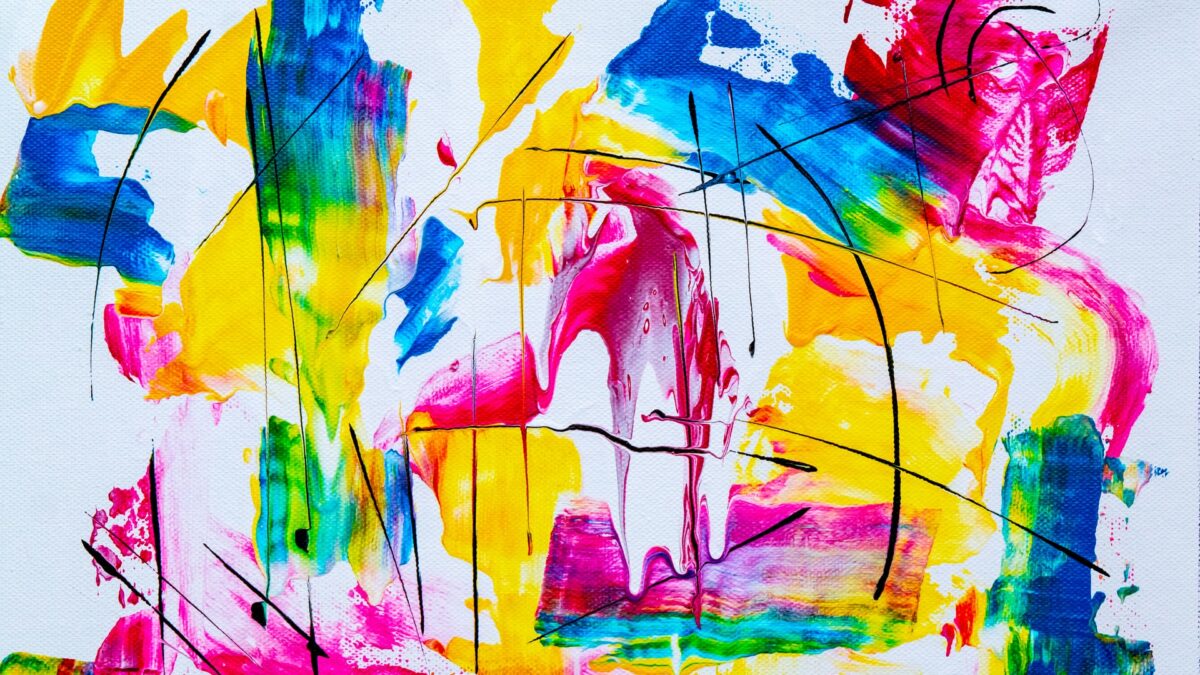For the layman, Art can be difficult to understand and even be intimidating. Some even think that only experts are able to understand Art. Being able to interpret Art, is not an innate skill: it is something that you can learn and that is within everyone’s reach. It is not necessary to have a deep knowledge of art history to be able to enjoy a work of art or to develop your own taste. However, it is a lovely experience to fully understand a work of art with a little education.
Some artists are keen to offer the viewer the fullest experience of their work and offer explanations, so people can be fully immersed in her work. One such artist is Degard who works in London, UK.
When we look at an object, whether it is a work of art or any other object, first our brain perceives it and then it derives a meaning from it. To interpret the images, we are looking at, we use different clues, often unconsciously. To learn to look at a work of art, the idea is therefore to slow down this process of interpretation which takes place automatically in your mind. To make yourself aware, it only takes three simple but very effective steps:
-
The Glance
This step may seem obvious, but in practice it is common for people to linger at least for a moment over artwork. In museums, the average time visitors spend in front of a painting is only 8 seconds. So start by asking yourself to take a little more time to contemplate the work.
Try to pay attention to the size, colours and materials used. What kind of shapes and lines can you make out? What does the composition of the painting look like? What are the visible textures? All of these different visual elements have been placed deliberately by the artist and therefore determine the overall feel and meaning of his work.
-
Viewing
Seeing and looking are two different things: while “looking” remains at a perceptual level to describe what is in front of you, “seeing” requires making sense of an image. In art history, this is called iconography. We see symbols in paintings and we can interpret them. The iconography may be more or less easy to understand, depending on the painting.
The iconography of the famous Bal du Moulin de la Galette (1876) by Pierre-Auguste Renoir, for example, is relatively simple: you are able to immediately recognize what is happening in this scene. For more abstract paintings, such as Les Demoiselles d’Avignon (1907) by Pablo Picasso even completely abstract works by Jackson Pollock, the iconography is much more difficult to decipher. You can, however, try to recognize shapes, lines or patterns and discover the emotions they make you feel.
For example, an artist, born and bred in Britain has a unique style where she paints “auras”, an energy field which is believed to radiate and follow every individual. Professionally known as Degard, this fine art and Installation artist is known as the “Painter of Auras”. She utilizes different colours to paint Auras around subjects. With a clever use of tones and hues, Degard exceptionally executes the concept of creating auras. She says, “the Aura Conscious is your memory, your consciousness around you—your thoughts, your beliefs, your actions and the energies influencing you, throughout your life.”
The artist owns Hertford Arthouse and Vision On Gallery. Her star-studded career and unique expression of art have brought her in the light at multiple exhibitions, residencies, and galleries.
-
Reflect
The last step is to reflect on what you have just seen. This step is the link between the first two steps and offers different interpretations. Giving meaning is something subjective; it is no longer about facts. Knowing the context in which a painting was created will make it easier to read.
This context can be found through labels and descriptions. They can help you put the work back into a particular time period and relate it to a particular artist or movement.
Perhaps you also already have some knowledge on the subject. With all of this information, you will be able to put the pieces of the puzzle together in your mind and come up with your own interpretation.
Become a connoisseur: by combining all the elements of these three steps, you will be able to get a better idea of a painting.


